When Russian émigré artist Paraskeva Clark (1898–1986) first arrived in Canada from Europe, she complained that the art in her new country was all “landscape, landscape, landscape.” Ironically, in the years that followed she produced more landscapes than still lifes, portraits, or canvases with a social purpose—the works for which she is best known.

Paraskeva Clark, Wheat Field, 1936
Oil on canvas, 63.6 x 76.5 cm, National Gallery of Canada, Ottawa
Wheat Field was painted near Inglewood, Ontario, within driving distance northwest of Toronto. Clark began visiting the Caledon Hills with her husband and sons sometime around 1934, and the area continued to provide her with subject matter into the early 1950s. The painting shows an understanding of mass, and Clark models form with the application of colour—she sculpts with paint, rather than draws. Her landscape, with its high horizon and viewpoint, is indebted to the theories of perspective of her teacher Kuzma Petrov-Vodkin (1878–1939). Only a narrow sliver of sky is indicated at the very top of the canvas.
In a review in Art Digest (New York) in 1936, the art critic Graham McInnes had praised Clark for bringing her innate sensibility and her talent for conceiving plastic relationships to the Canadian scene. Here, she successfully brought her Russian training to a Canadian subject.
This Spotlight is excerpted from Paraskeva Clark: Life & Work by Christine Boyanoski.
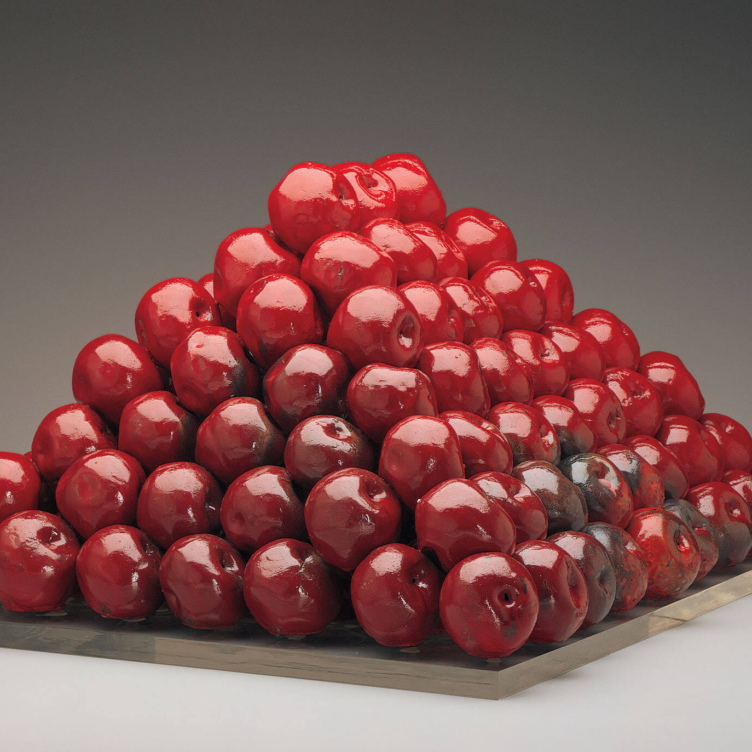 Pyramid Scheme
Pyramid Scheme
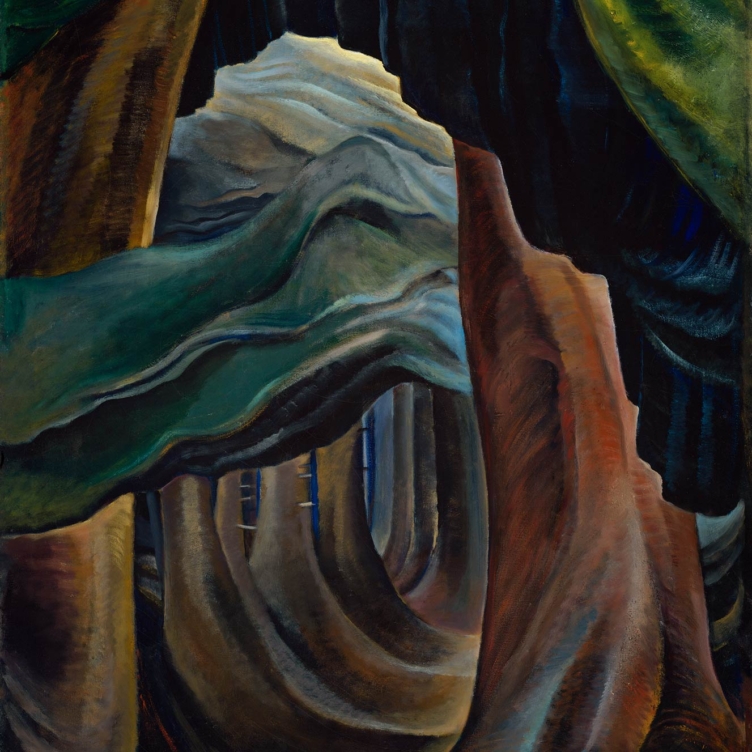 Transportive Trunks
Transportive Trunks
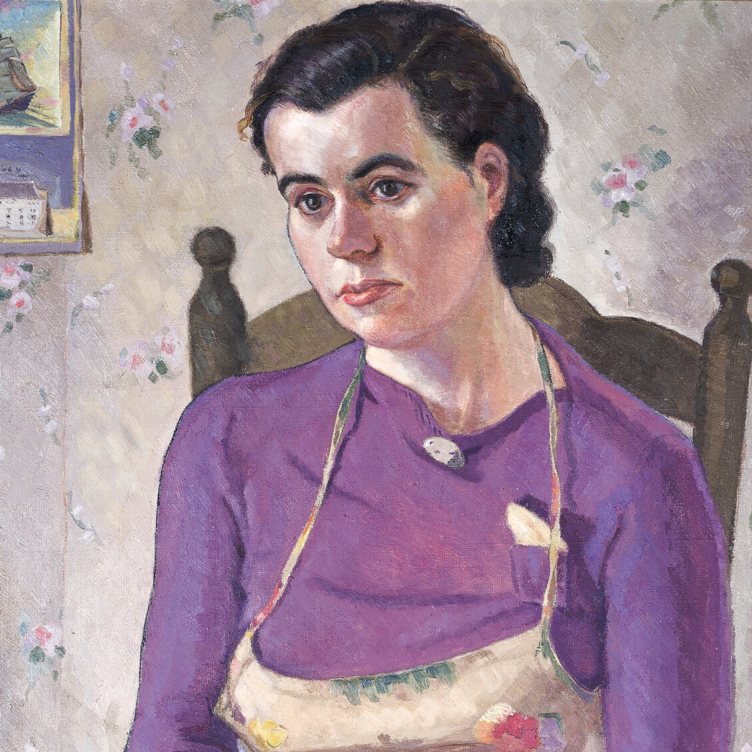 The Military Mate
The Military Mate
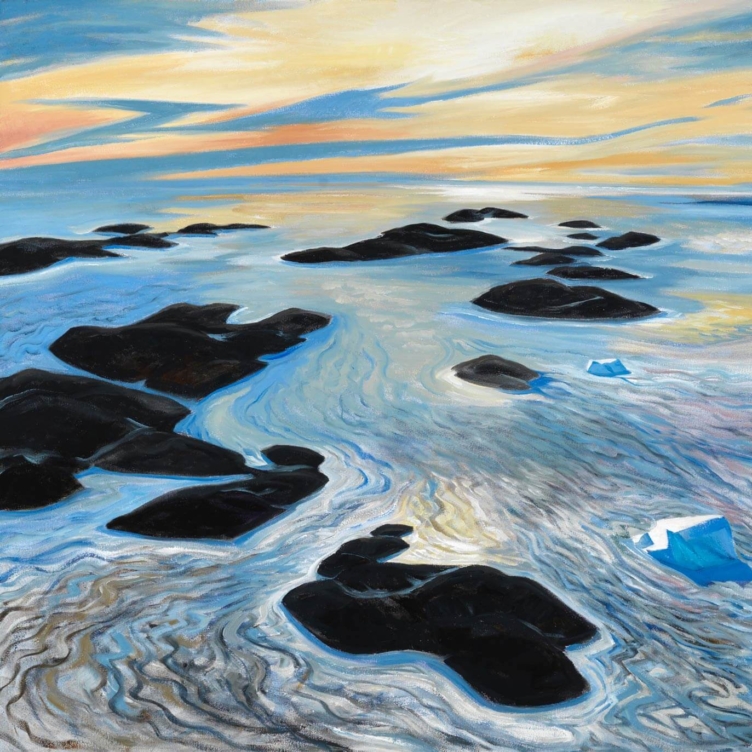 Looking Up on the World
Looking Up on the World
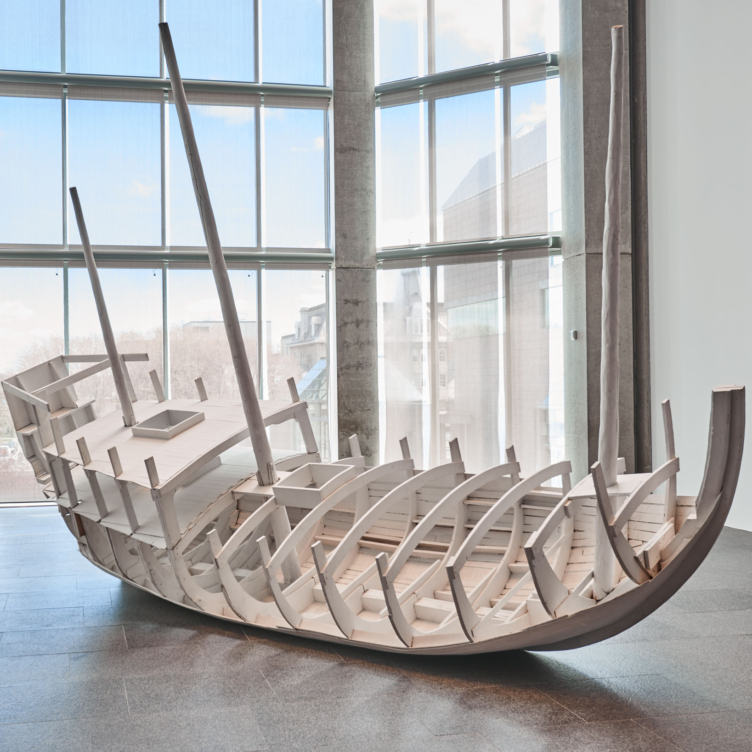 Vessel of Despair
Vessel of Despair
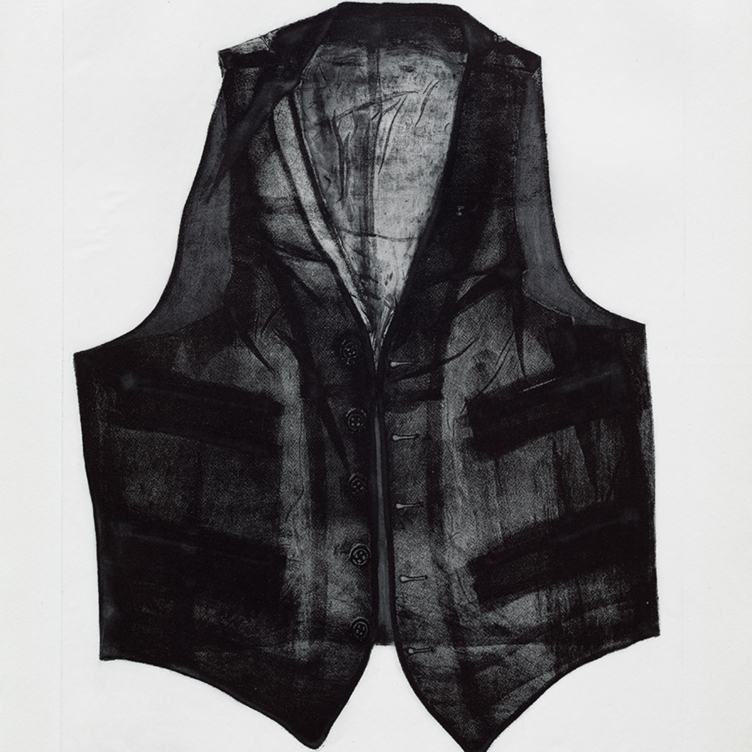 Layers of Meaning
Layers of Meaning
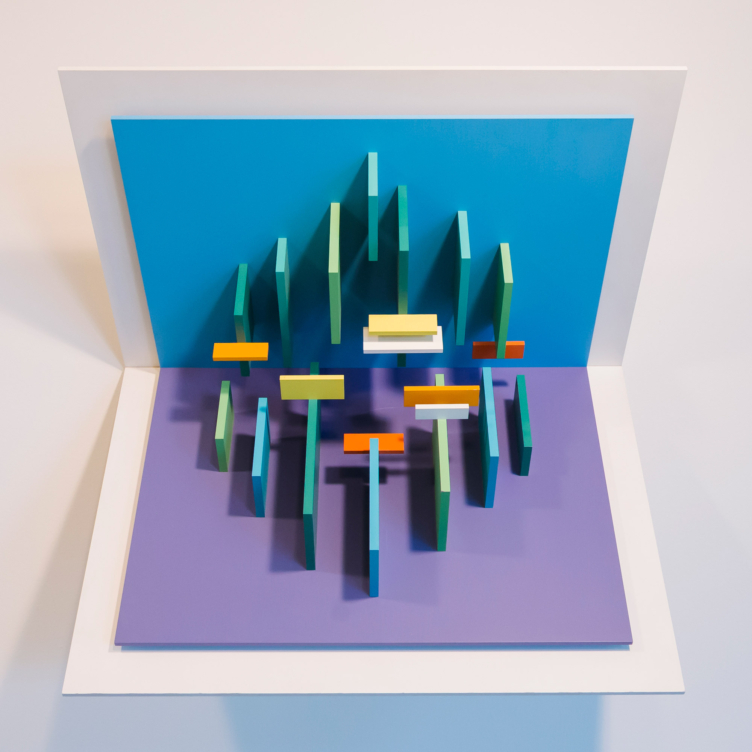 In Parallel to Nature
In Parallel to Nature
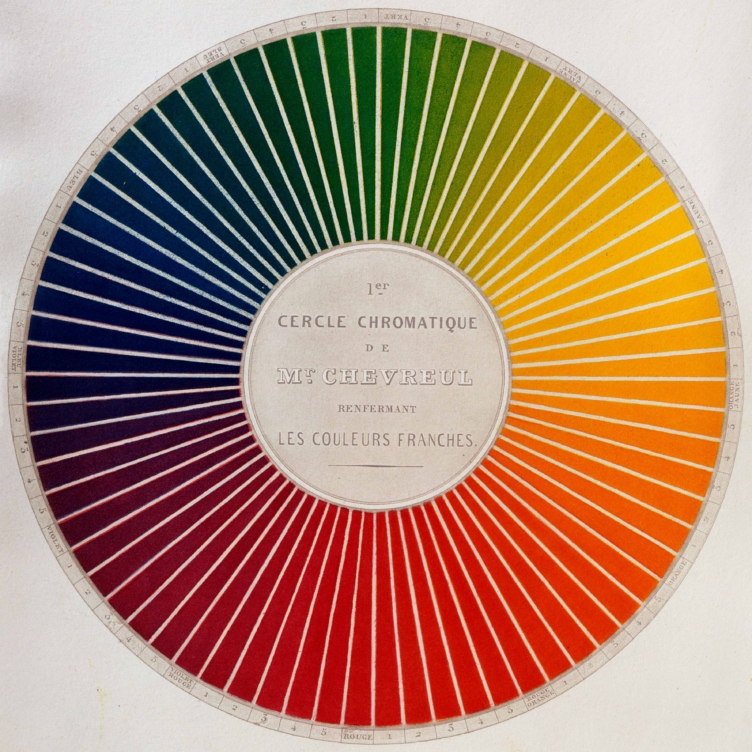 Wheel of Fortune
Wheel of Fortune
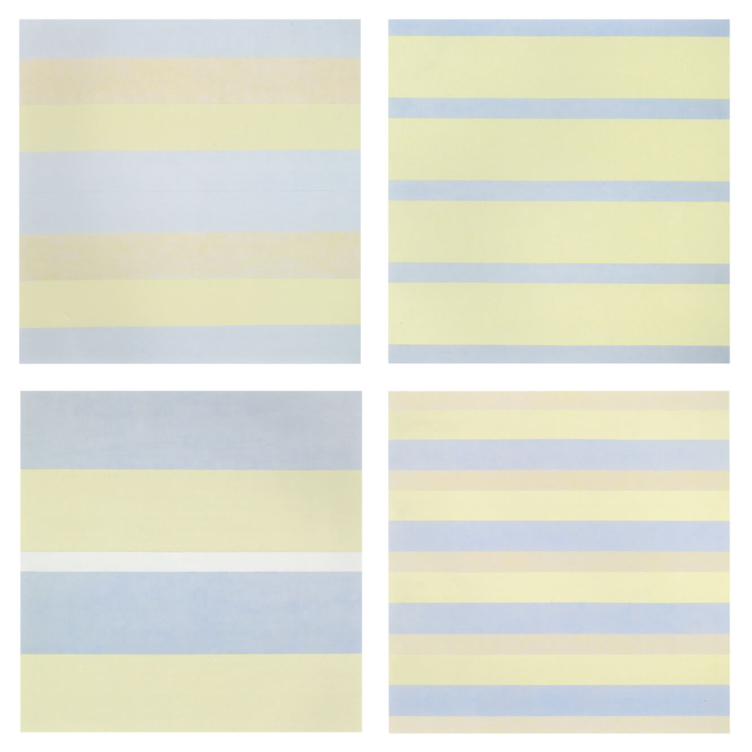 Paintings after emotional states
Paintings after emotional states
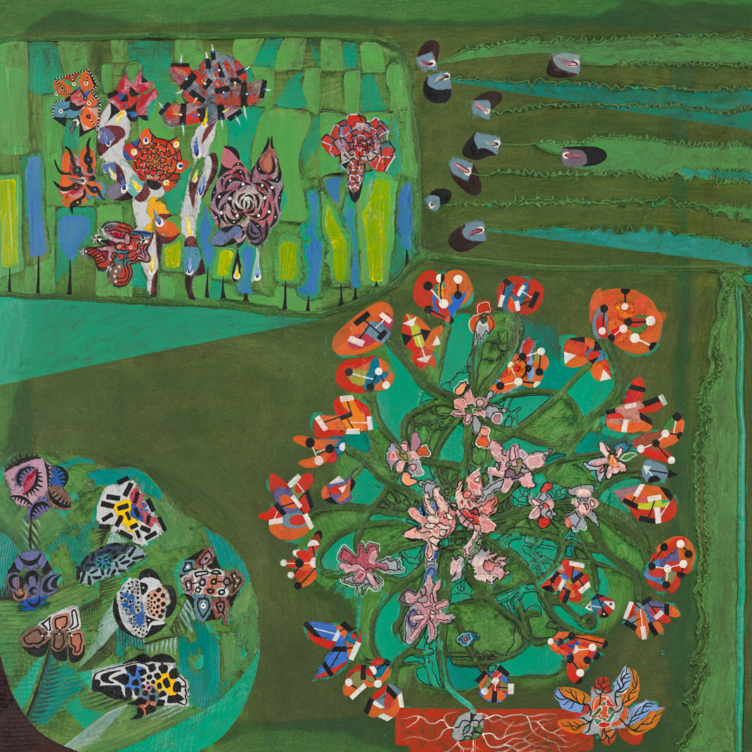 Garden of Delight
Garden of Delight
 Stitching the Archives
Stitching the Archives
 A Working-Class Hero
A Working-Class Hero
 Imagining Entangled Futures
Imagining Entangled Futures
 Bridging Far and Near
Bridging Far and Near
 Soft Power
Soft Power
 Imagining Emancipation
Imagining Emancipation
 A Priceless Portrait
A Priceless Portrait
 Meditation in Monochrome
Meditation in Monochrome
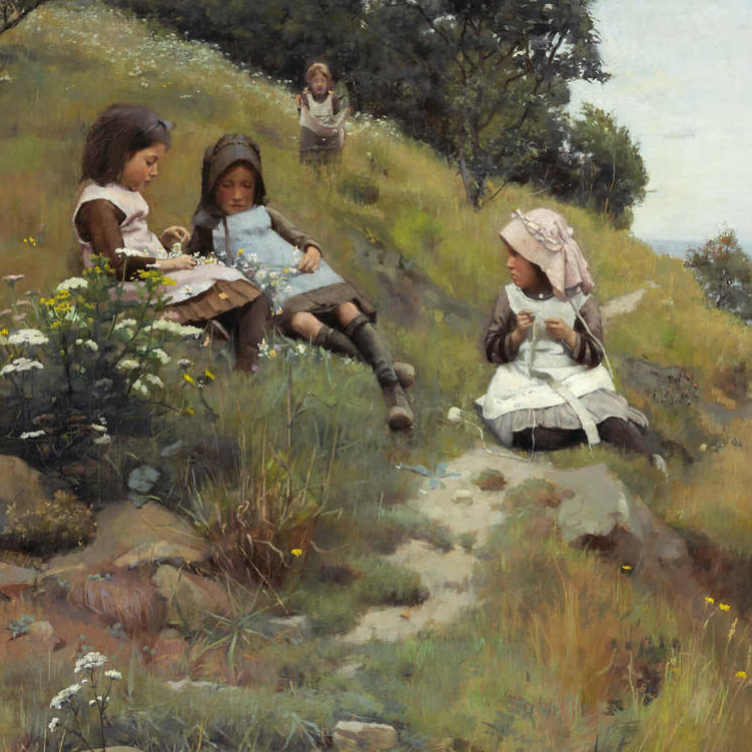 Making His Mark
Making His Mark
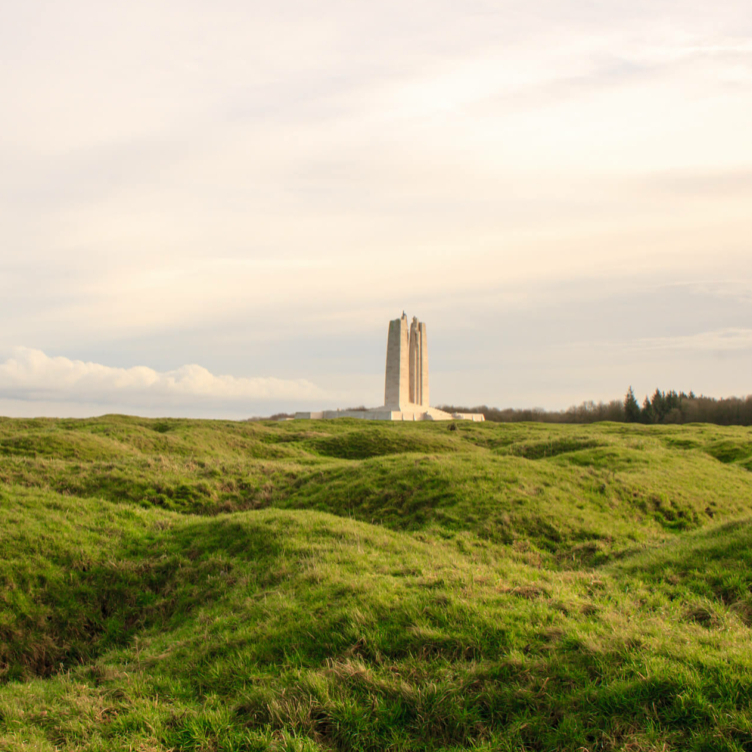 Honour and Sacrifice
Honour and Sacrifice